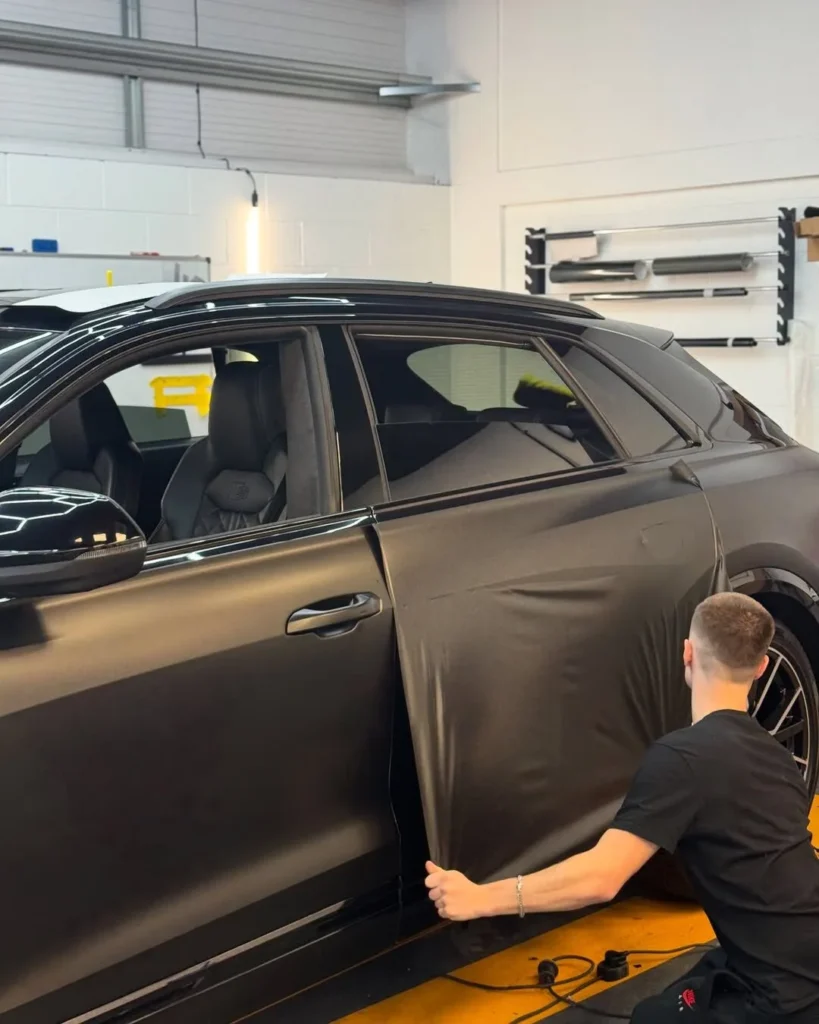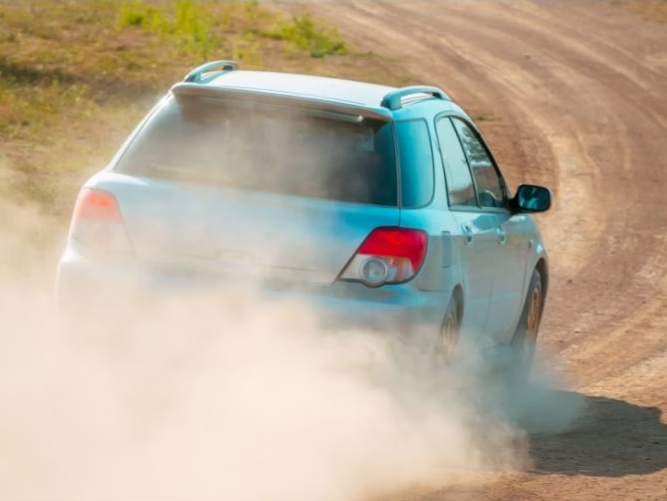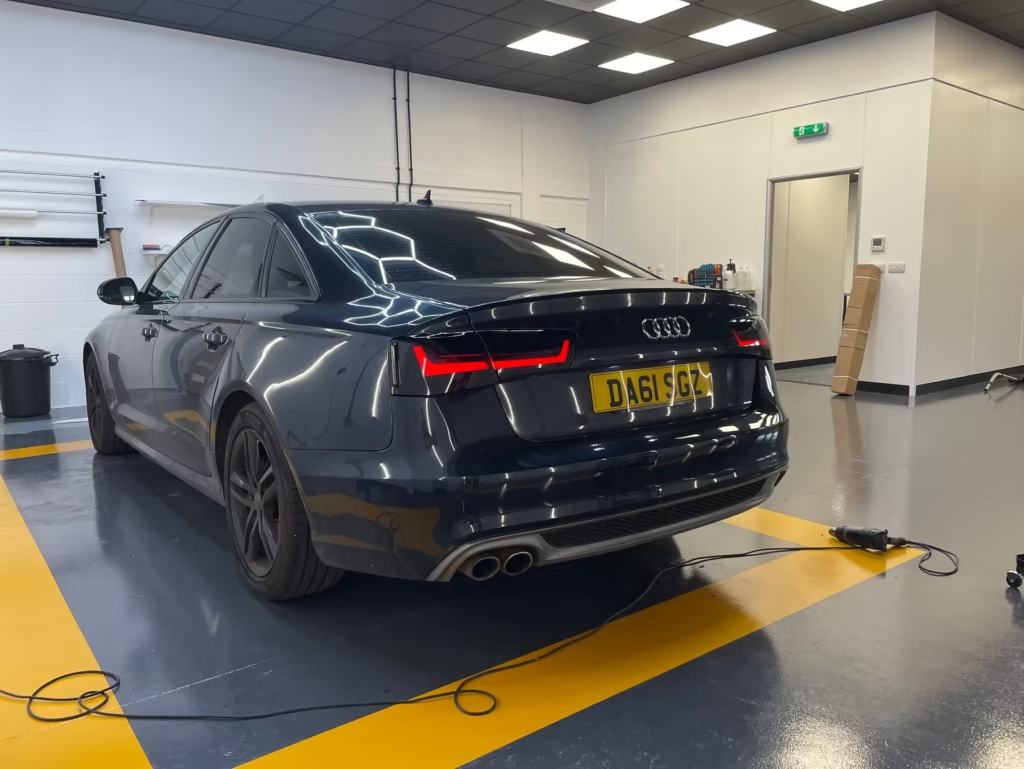// Why Did The Car Modding Scene First Emerge?

For as long as there have been cars, there have been people who want to get a little more out of them, make them look more unique and add their own identity to whatever they want to do with them, from stylish decals to engine tuning.
The modern trend of car modification services is a melting pot of several different scenes, from the touge mountain driving and hashiriya scenes in Japan, the European hot hatch modding scene in the 1990s and the American muscle cars of the 1960s.
All of these traditions, alongside several much smaller local scenes, emerge for a range of different reasons, but the biggest connecting force is a shared passion for cars and motoring. These considerable tuning works, beautiful designs and feats of skill all come from a love of the game.
This was not at all how this started. In fact, the point of a lot of early car modders was, in fact, not to get noticed at all, and it was all the result of one exceptionally controversial law that shaped our relationship with motoring from that point on.
The Birth Of The Hot Rod
On 18th December 1917, the Eighteenth Amendment to the United States Constitution was first proposed by Congress. Less than a month later it had been ratified and by the end of the year, the Volstead Act had made it law.
The Eighteenth Amendment made it illegal to produce, transport or sell “intoxicating beverages” whilst the Volstead Act defined those substances as beer, wine and spirits.
The legislation was famously flawed and whilst it reduced some public drinking, it largely pushed
alcohol underground instead, created a perverse incentive for people to make their own alcohol from legally available ingredients and led to the rise in popularity of sweet cocktails, largely to mask the taste of poor quality alcohol.
However, whilst the effects on alcohol, fashion and culture are well-known, what is less appreciated is the effect it had on the car, and the serendipitous effects car modifications would have on car culture as a whole.
Transporting alcohol on land was a somewhat treacherous exercise, given the increased presence of revenue agents that could arrest and imprison rum runners for transporting alcohol illegally.
To get around this, moonshine runners transported at night, but this was not always enough, so they would also replace the standard engines of their cars with more powerful ones, use substantially stronger suspension springs as well as remove the rear seats and floorboards to allow for as many bottles to be smuggled at once, inventing the hot rod in the process.
The result was an early example of a Q-car; they looked on the surface to be completely normal vehicles but were capable of unbelievable speeds, and would use that turn of speed to evade the police during times when they were caught and started being chased.
It also changed how people would drive, with cars reliant far more on exceptionally skilled drivers who could react at speed with very limited vision, given that these cars were often driven with no lights at night to evade police.
These were very early examples of car modification, and whilst a relatively small number of car owners, they would have a distinct and dramatic impact felt far further than shifting illegal hooch.
Beyond Volstead
On 6th December 1932, a joint resolution was introduced into the United States Senate by Wisconsin Senator John J. Blaine to repeal prohibition. Two months later, the Blaine Act would pass the Senate and the House and by the end of the year the 21st Amendment was ratified to end prohibition for good.
The reasons why prohibition failed could fill entire libraries, but a mix of the law being seen as unenforceable, the rise of organised crime to fill the gaps and the devastating exposes of George Cassiday all helped to shift public sentiment.
Known as “The Man in the Green Hat”, George Cassiday supplied politicians who publicly supported the ban with alcohol in secret, which turned public sentiment against prohibition, leading to a dramatic landslide win for President Franklin D. Roosevelt in 1932 on a pro-repeal platform.
Whilst good for rum runners and moonshiners in the sense that they could move into legitimate alcohol distribution, it left a lot of incredibly fast cars with nothing to do.
The result was a tradition of former rum runners racing each other with their new vehicles, which led to the rise of stock car racing.
The modifications also became less covert, with the rise of extravagant paint jobs and body modifications that showcased larger engines. After the Second World War, these rum runners were joined by ex-soldiers with technical and enginee
Looking for the top Vehicle Wrapping and Modification specialists in Yorkshire?
Get in touch with us today to see how we can help.



